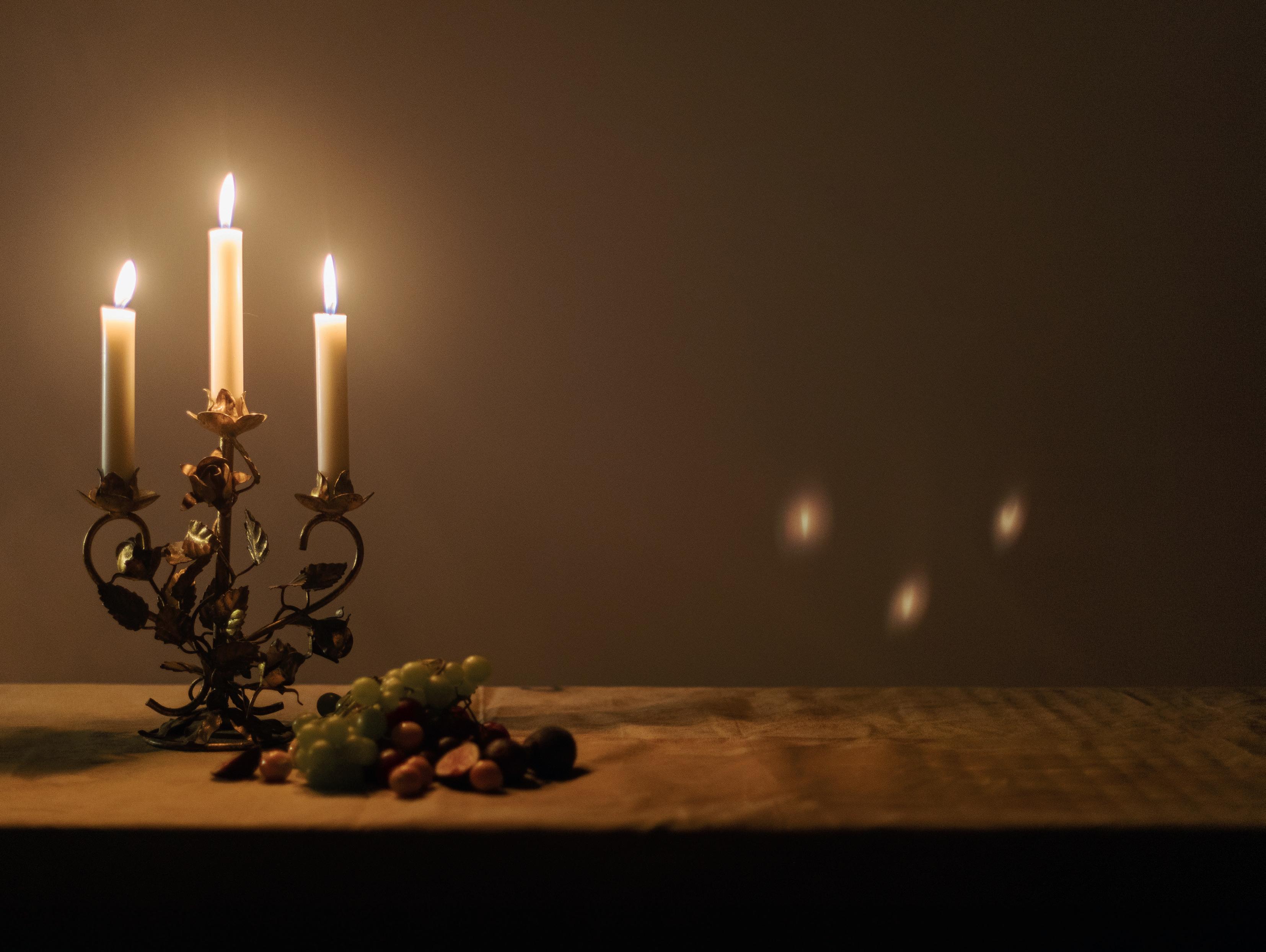V ISIO NS AND ECSTASIES
CLASSICAL & FOLK SONGS OF IRELAND

FRANCESCA FEDERICO ÓMURCHÚ

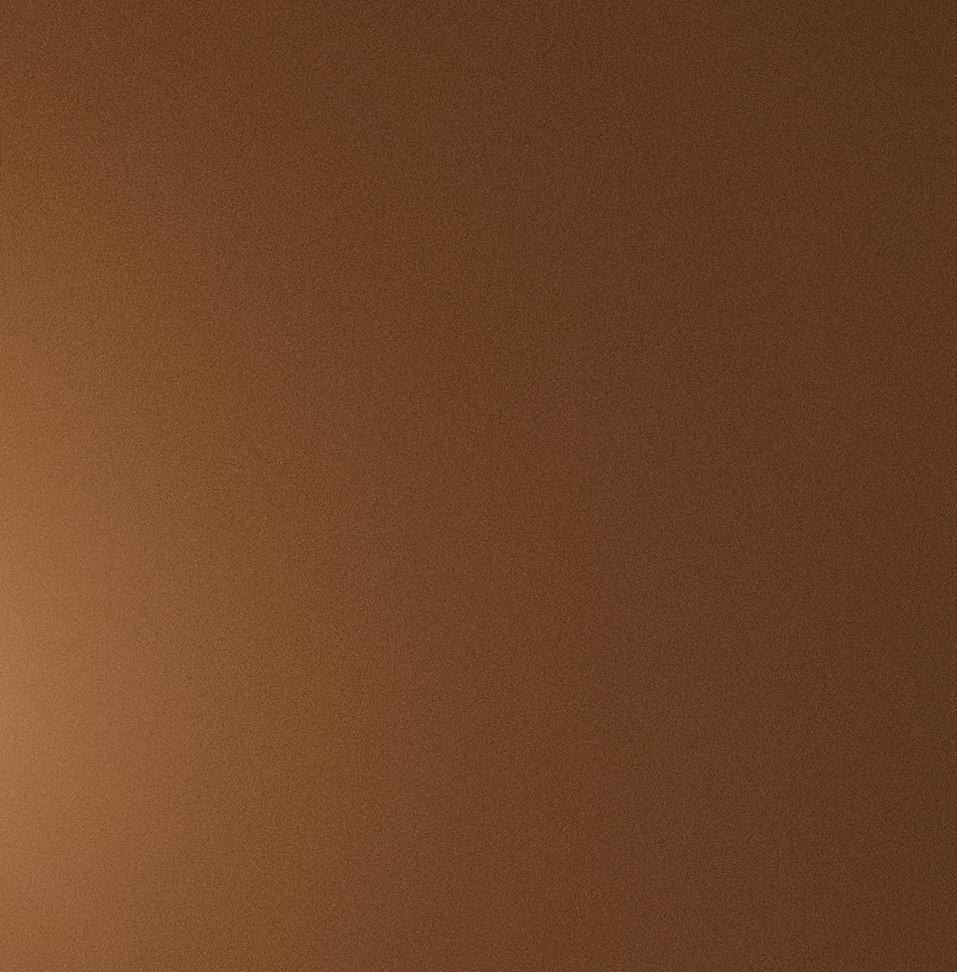
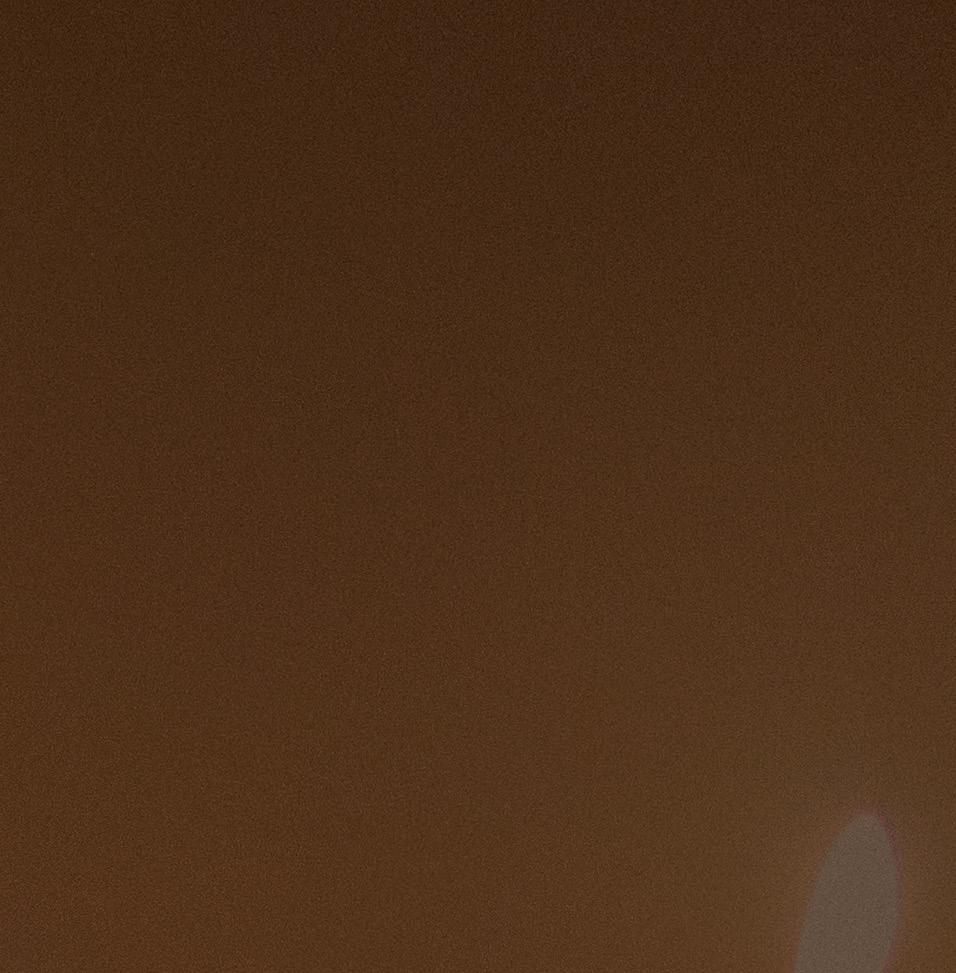
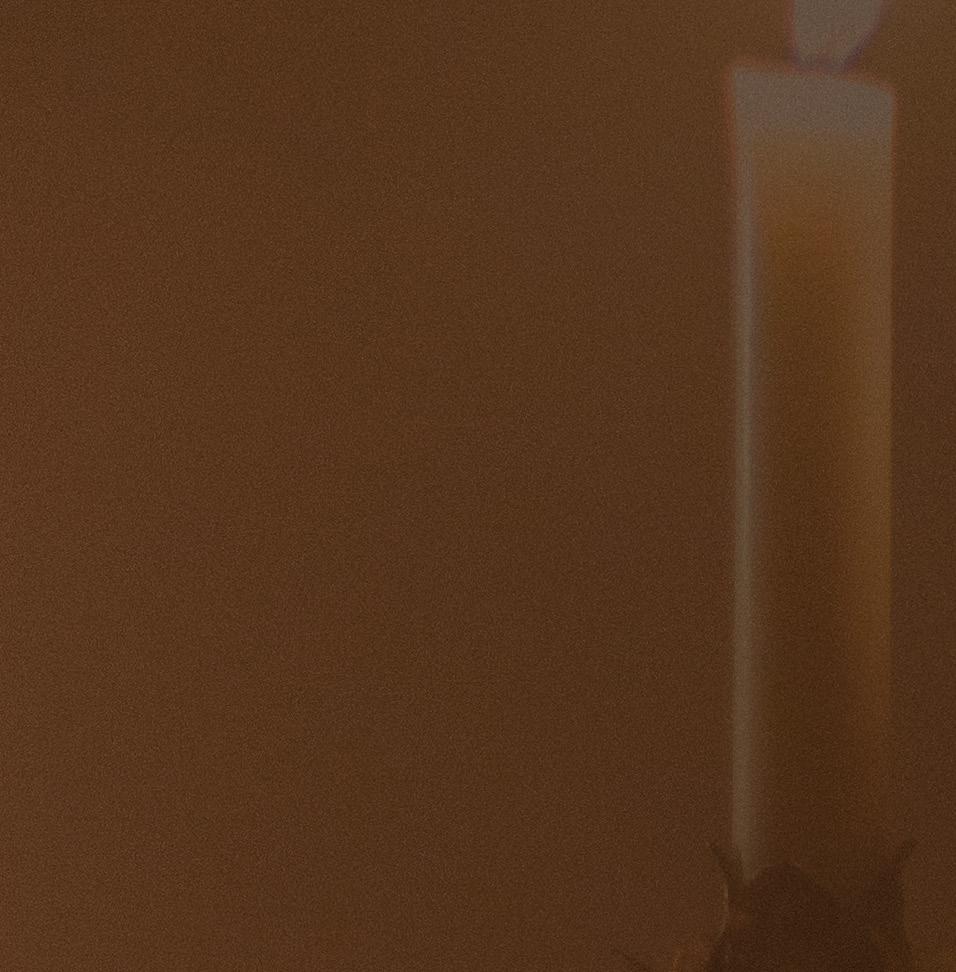



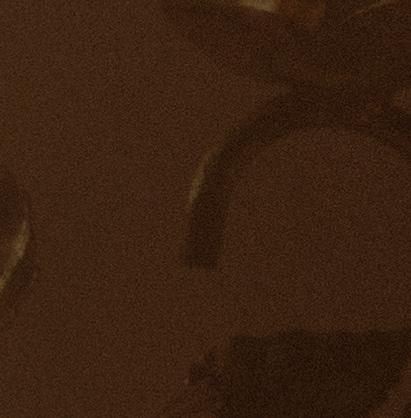




Arr. Michele Deiana and Francesca Federico ÓMurchú
FRANCESCA FEDERICO ÓMURCHÚ soprano
Laura Lutzke violin
Ben Russell violin
Clarice Jensen cello
Dan Franklin Smith piano





My debut album Visions and Ecstasies: Classical and folk music of Ireland is an exploration of Irish music and poetry.
Visions and Ecstasies highlights Irish music-making from its roots as an aurally-transmitted art form, honoring the melodic and linguistic complexities that illustrate both the beauty and the brutality of the country’s collective experience through centuries.


The album combines art songs by Joan Trimble, Roger Quilter, Peter Warlock, Rebecca Clarke and Andrew Synott, alongside Irish folk songs sung in their original language. The album aims to articulate the linguistic and cultural links between these two seemingly disparate genres, and provide a snapshot of Ireland’s incredibly rich cultural heritage.

My study of this repertoire began when I was selected as a Fulbright scholar to Ireland, and completed an arts residency at the Irish World Academy in Limerick under the mentorship of Irish folk legend Iarla Ó Lionáird, who first suggested that I record an album of this unique repertoire.
After continued research and development, I expanded my initial study into a compendium of works that exemplify the complex nature of Irish music and musicality. The album’s tracks include works that highlight the didactic tension between Ireland as a colonized nation, as well as Ireland as a fount of linguistic and melodic creativity, exploring themes such as mysticism, grief, romance and tradition.
Francesca Federico Ó Murchú


Bruach na carraige báine is a traditional song from West Kerry. The song is macaronic, being sung in both Irish and English. The tune is a love song; it begins with the perspective of a young man and ends with the perspective of a young woman, who trade playful repartée in each verse. Carraige Báine, meaning ‘the white rock’, connotes a rural idyll by the sea, where the young man and woman can walk together in their courtship.
The poetry of Roger Quilter’s 3 Pastoral Songs, Op. 22 was written by Seosamh MacCathmhaoil, also known by his anglicized name, Joseph Cambell. Over his prolific career, MacCathmhaoil wrote plays, articles, books of poetry and lyrics for many popular composers, including Herbert Hughes, Arnold Bax, Ivor Gurney, and of course, Quilter. The first two songs from 3 Pastoral Songs, I Will go With My Father a-Ploughing, and Cherry Valley, came originally from a book of poetry by Campbell titled The Mountainy Singer, a collection of verse that used familiar environs and symbols to examine mythical themes. The third piece, I Wish and I Wish, comes from a similar book of poetry called The Rush-Light, published in 1906.


A popular tune of Irish emigration, Sliabh geal gcua na feile finds its roots in County Wexford. The song was written by Padraig O Mileadha, a poet and songwriter who grew up being forced to speak English in school, as Irish speaking and language study was banned. As an adult, O Mileadha became a teacher of Irish, and wrote many songs in Irish and Welsh, another language long suppressed by the English. Written while O Mileadha was living in Wales, Sliabh geal gcua na feile is about the coastal town of Dún Garbhán in Waterford. The tune speaks of an emigrant’s love for the beauty of their home, and a yearning to return to it.

Like the previous tune, Joan Trimble’s My Grief on the Sea relays a strong feeling of nostalgia for both the real and esoteric idea of leaving Ireland for America. Written by linguist and Ireland’s first president Douglas Hyde, the text of the poem, combined with Trimble’s visceral melodic quality, conveys a deep romanticism and sensuality alongside its sorrow. Hyde’s version is in fact an English-language version of a song in Irish, communicated to him aurally by a woman from County Roscommon.
The next two songs are both by living Irish composer Andrew Synott, who was raised in Dublin and educated in London and Dublin. Sunday is part of the cycle 3 Songs for Gertie, with poetry by Juliette Saumande, a French writer and translator living in Dublin. Where the Mind is Without Fear takes its text from Rabindranath Tagore, a Bengali poet, philosopher and artist of the Bengal Renaissance.





Peter Warlock (the pseudonym of composer Philip Arnold Heseltine) set several of his songs to words by Irish poet W.B. Yeats. Beginning with The Everlasting Voices, all three subsequent songs explore the contrast between the tangible and the ephemeral world, using naturalistic examples of flora, fauna and humanity to extend metaphors of mortality, yearning and metaphysical existence. The Lover Mourns for the Loss of Love is a song from one of Warlock’s most enduring cycles, The Curlew. The third piece, The Cloths of Heaven, is from one of Yeats’s most celebrated poems, Aedh Wishes for the Cloths of Heaven, and is relayed from the perspective of Aedh, a mythical Irish god of fire.
The following two songs, An Mhaighdean Mhara and The Seal Man, explore the myth of the Irish mermaid in two forms. In Ireland, the mermaid is often represented as a selkie, a creature that can shapeshift between seal and human. Selkies can only visit the world of humans for a short time, and often become entangled with humans, attempting to bring them back to the sea or procreate with them on land. As the legend states, if a human can take the seal skin from a selkie and hide it away, the selkie must remain in the human world. In An Mhaighdean Mhara, the selkie speaks to her human daughter, Máire, saying that she has found her skin once again, and will return to the sea, despite having lived in the human world and created a family there. In Rebecca Clarke’s The Seal Man, with text from a story by John Masefield, an Irish woman tells a visitor about a selkie man who seduced a woman from her village, bringing her into the sea with him. “It’s like he never thought that she wouldn’t bear the sea like himself. She was drowned, drowned.”


Two other songs by Rebecca Clarke, Down by the Salley Gardens and A Dream, take their texts from Yeats poetry. According to an author’s note by Yeats himself, Down by the Salley Gardens was, “an attempt to reconstruct an old song from three lines imperfectly remembered by an old peasant woman in the village of Ballisodare, Sligo, who often sings them to herself.” A Dream is taken from the poem A Dream of Death, and is about Maude Gonne, a woman Yeats was in love with and who served as the muse for many of his poems, but who married another.



Hailed as having a voice of “such strong presence and beauty of tone that she left one longing for more.” (Opera News), Francesca Federico ÓMurchú is an Irish-American soprano and Fulbright scholar. Her work ranges from traditional opera to contemporary classical music and folk singing. Notable roles include Salome in Strauss’s Salome; Nanetta and Alice Ford in Verdi’s Falstaff, Eurydice in Offenbach’s Orphée aux Enfers, and Clorinda in La Cenerentola. As a contemporary artist, she has originated roles with the New Music Theater Project, The Curiosity Cabinet and Overtone Industries, and has premiered concert works by Clarice Jensen and Brian K. Bowers. She is a prolific interpreter of oratorio, and has been soloist in Fauré’s Requiem, Brahms’ Requiem, Mahler’s Symphony No. 4, and Mozart’s Mass in C Minor, among others. She received a Master of Music degree from the Mannes School of Music and a Bachelor of Arts Degree from New York University.





Ben Russell is a versatile musician who creates music with all sorts of people. As a violinist/violist with ACME (American Contemporary Music Ensemble) he has collaborated with Jóhann Jóhannsson and Max Richter in recording studios and concert halls all over the world. As a singer-songwriter with Founders and Hinterlands, he has co-written 4 albums of original compositions and arrangements. He currently lives in Brooklyn, plays on the Broadway show GYPSY, and can be seen on stage in NYC with artists such as The National, Sufjan Stevens and Björk.





Dan Franklin Smith has been described as “an incredibly sensitive player”, and “a master pianist.” He made his European recital debut in 1997 in Mariefredd, just outside Stockholm, Sweden, where he received rave reviews. The following year he made his European orchestral debut in Stockholm and was later featured on Swedish Radio. A debut recording with the Gävle symfoniorkester of Kurt Atterberg’s Piano Concerto soon followed; and not long afterward a recording with the Stuttgart Philharmonic of two concerti by Hans Huber. These premiere recordings received outstanding reviews and are broadcast on classical stations throughout the U.S. As Music Director for Elysium: Between Two Continents between 2005 and 2014 he was showcased in solo and collaborative performances here and in numerous European countries. Mr. Smith lives in New York City where he is active as a solo recitalist, vocal coach and accompanist.





Laura Lutzke earned her undergraduate and graduate degrees from The Juilliard School and a Master of Music with Distinction from the Guildhall School of Music and Drama in London. Since 2006, she has participated in festivals throughout the US, Europe, the UK, and Asia, including Open Chamber Music at Prussia Cove, Classical Tahoe, Teatro Nuovo, Musikfest Bremen, Beethovenfest Bonn, and Festival Berlioz in France. She collaborates regularly with diverse artists and ensembles such as Alarm Will Sound, Berkshire Bach Society, Beirut, Björk, Gabriel Kahane, the late Jóhann Jóhannsson, The Knights, Max Richter, Orchestra of St. Luke’s, Paul McCartney, The Metropolitan Opera, The National, Roomful of Teeth, Seraphic Fire, Sigur Rós, Theatre of Voices, and Wordless Music Orchestra. She is currently a member of the critically-acclaimed American Contemporary Music Ensemble (ACME) and Co-Leader of Le Cercle de l’Harmonie classical orchestra in France.


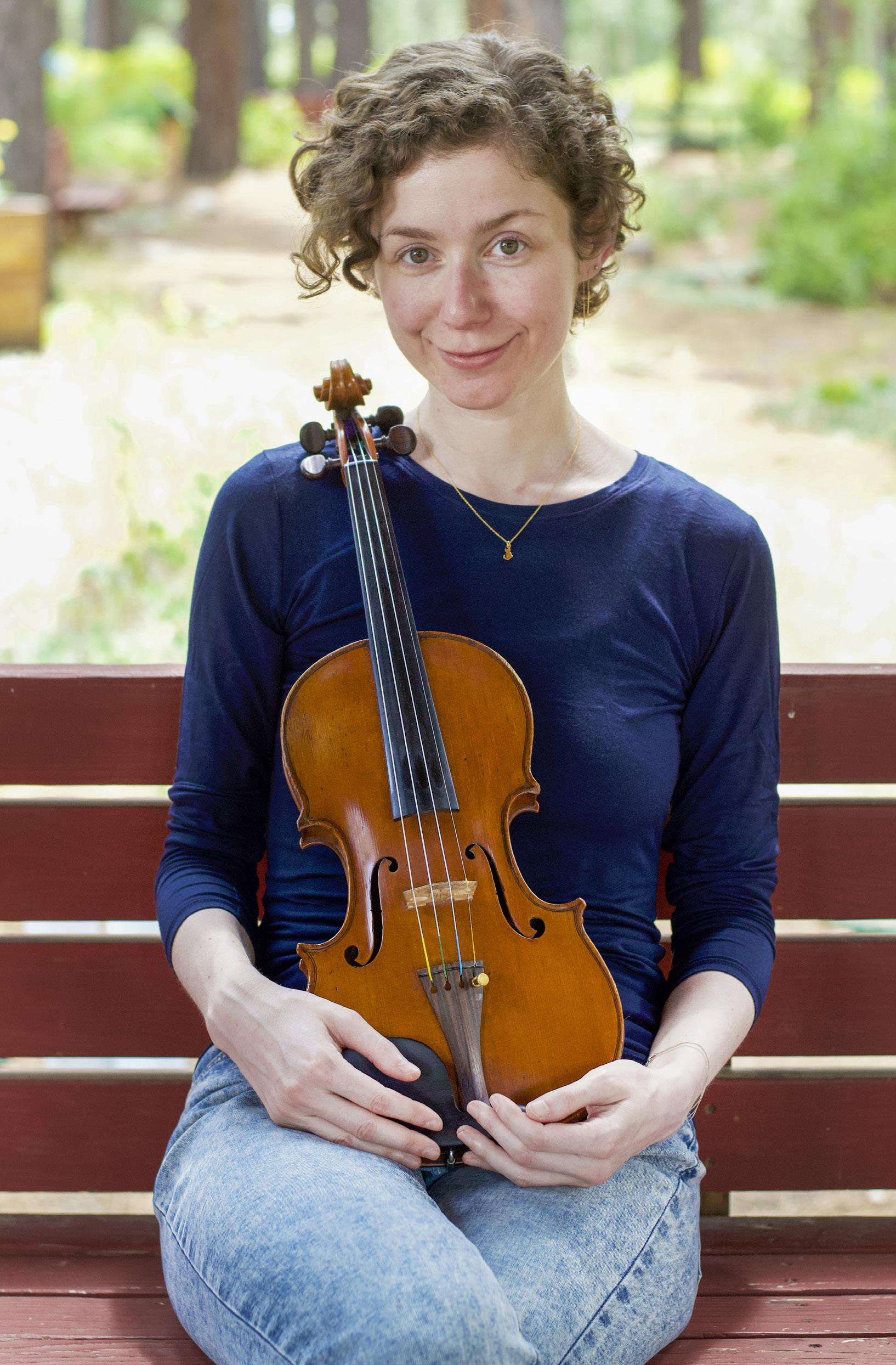


Clarice Jensen is a composer and cellist based in New York who graduated (BM and MM) from the Juilliard School. As a soloist, Clarice has developed a distinctive compositional approach, improvising and layering cello through shifting loops and a chain of electronic effects to open and explore rich, drone-based sound fields. Pulsing, visceral and full of color, her work is deeply immersive, marked by a sense of restraint and a hallucinatory clarity. Her music has been described by SelfTitled as “heavily processed, incredibly powerful neo-classical pieces that seem to come straight from another astral plane”; by Boomkat as “languorously void-touching ideas, scaling and sustaining a sublime tension”; whilst Bandcamp remarked “a kaleidoscope of pulsing movement rich in acoustic beating and charged with other psychoacoustic effects, constantly shifting in density and viscous timbre.”





Mein Debütalbum Visions and Ecstasies: Classical and folk music of Ireland ist eine Erkundung der irischen Musik und Poesie.
Visions and Ecstasies beleuchtet die irische Musik aus ihren Wurzeln als mündlich überlieferte Kunstform und würdigt die melodische und sprachliche Komplexität, die sowohl die Schönheit als auch die Brutalität der kollektiven Erfahrung des Landes über Jahrhunderte hinweg verdeutlicht.


Das Album kombiniert Kunstlieder von Joan Trimble, Roger Quilter, Peter Warlock, Rebecca Clarke und Andrew Synott mit irischen Volksliedern, die in ihrer Originalsprache gesungen werden. Das Album zielt darauf ab, die sprachlichen und kulturellen Verbindungen zwischen diesen beiden scheinbar unvereinbaren Genres zu verdeutlichen und einen Einblick in das unglaublich reiche kulturelle Erbe Irlands zu geben.
Meine Auseinandersetzung mit diesem Repertoire begann, als ich als Fulbright-Stipendiat nach Irland zog und ein Kunststipendium an der Irish World Academy in Limerick unter der Leitung der irischen Folk-Legende Iarla Ó Lionáird absolvierte, der mir erstmals vorschlug, eine CD mit diesem einzigartigen Repertoire aufzunehmen.

Nach kontinuierlicher Forschung und Entwicklung erweiterte ich meine ursprüngliche Studie zu einem Kompendium von Werken, die die Komplexität der irischen Musik und Musikalität veranschaulichen. Die Titel des Albums umfassen Werke, die die didaktische Spannung zwischen Irland als kolonialisierter Nation und Irland als Quelle sprachlicher und melodischer Kreativität hervorheben und Themen wie Mystik, Trauer, Romantik und Tradition behandeln.

Francesca Federico Ó Murchú




Bruach na carraige báine ist ein traditionelles Lied aus West Kerry. Das Lied ist makkaronisch, da es sowohl auf Irisch als auch auf Englisch gesungen wird. Die Melodie stellt ein Liebeslied dar; es beginnt aus der Perspektive eines jungen Mannes und endet aus der einer jungen Frau, die sich in jedem Vers einen spielerischen Wortwechsel liefern. Carraige Báine, was „der weiße Felsen“ bedeutet, steht für eine ländliche Idylle am Meer, wo der junge Mann und die junge Frau während ihrer Liebeserklärung gemeinsam spazieren.
Die Texte zu Roger Quilters 3 Pastoral Songs, Op. 22 stammen von Seosamh MacCathmhaoil, auch bekannt unter seinem anglisierten Namen Joseph Cambell. Im Laufe seiner produktiven Karriere schrieb MacCathmhaoil Theaterstücke, Artikel, Gedichtbände und Liedtexte für viele beliebte Komponisten, darunter Herbert Hughes, Arnold Bax, Ivor Gurney und natürlich Quilter. Die ersten beiden Lieder aus den 3 Pastoral Songs, I Will go With My Father a-Ploughing und Cherry Valley stammen ursprünglich aus einem Gedichtband von Campbell mit dem Titel The Mountainy Singer, einer Sammlung von Versen, die vertraute Umgebungen und Symbole verwendeten, um mythische Themen zu untersuchen. Das dritte Stück, I Wish and I Wish, stammt aus einem ähnlichen Gedichtband namens The Rush-Light, der 1906 veröffentlicht wurde.


Das beliebte Lied der irischen Auswanderer, Sliabh geal gcua na feile, hat seinen Ursprung in der Grafschaft Wexford. Es wurde von Padraig O Mileadha geschrieben, einem Dichter und Songwriter, der in seiner Schulzeit gezwungen war, Englisch zu sprechen, da das Sprechen und Lernen der irischen Sprache verboten war. Als Erwachsener wurde O Mileadha Lehrer für Irisch und schrieb viele Lieder auf Irisch und Walisisch, einer weiteren Sprache, die lange Zeit von den Engländern unterdrückt wurde. Sliabh geal gcua na feile wurde geschrieben, als O Mileadha in Wales lebte, und handelt von der Küstenstadt Dún Garbhán in Waterford. Das Lied erzählt von der Liebe eines Auswanderers zur Schönheit seiner Heimat und seiner Sehnsucht, dorthin zurückzukehren.




Wie das vorherige Lied vermittelt auch Joan Trimbles My Grief on the Sea ein starkes Gefühl der Nostalgie sowohl für die reale als auch für die esoterische Vorstellung, Irland zu verlassen, um nach Amerika zu gehen. Der Text des Gedichts, geschrieben vom Linguisten und ersten Präsidenten Irlands, Douglas Hyde, vermittelt in Verbindung mit Trimble’s eindringlicher Melodik neben seiner Trauer auch eine tiefe Romantik und Sinnlichkeit. Hydes Version ist eigentlich eine englische Übersetzung eines irischen Liedes, das ihm eine Frau aus der Grafschaft Roscommon mündlich übermittelt hatte.
Die nächsten beiden Lieder stammen beide vom lebenden irischen Komponisten Andrew Synott, der in Dublin aufgewachsen ist und in London und Dublin studiert hat. Sunday ist Teil des Zyklus 3 Songs for Gertie mit Gedichten von Juliette Saumande, einer französischen Schriftstellerin und Übersetzerin, die in Dublin lebt. Where the Mind is Without Fear basiert auf einem Text von Rabindranath Tagore, einem bengalischen Dichter, Philosophen und Künstler der Bengalischen Renaissance.


Peter Warlock (das Pseudonym des Komponisten Philip Arnold Heseltine) vertonte mehrere seiner Lieder mit Texten des irischen Dichters W.B. Yeats. Beginnend mit The Everlasting Voices beschäftigen sich die drei Lieder mit dem Kontrast zwischen der greifbaren und der vergänglichen Welt und verwenden naturalistische Beispiele aus der Pflanzen-, Tier- und Menschenwelt mit Metaphern über Sterblichkeit, Sehnsucht und metaphysische Existenz. The Lover Mourns for the Loss of Love ist ein Lied aus einem der bekanntesten Zyklen Warlocks, The Curlew. Das dritte Stück, The Cloths of Heaven, stammt aus einem der berühmtesten Gedichte Yeats’, Aedh Wishes for the Cloths of Heaven, und wird aus der Perspektive von Aedh, einem mythischen irischen Gott des Feuers, erzählt.




Die folgenden beiden Lieder, An Mhaighdean Mhara und The Seal Man, beschäftigen sich mit dem Mythos der irischen Meerjungfrau. In Irland wird die Meerjungfrau oft als Selkie dargestellt, ein Wesen, das zwischen der Gestalt einer Robbe und eines Menschen wechseln kann. Selkies können die Welt der Menschen nur für kurze Zeit besuchen und versuchen sie ins Meer zu locken oder mit ihnen an Land weiterzuleben. Der Legende nach muss eine Selkie in der Welt der Menschen bleiben, wenn ein Mensch ihr die Robbenhaut wegnimmt und versteckt. In An Mhaighdean Mhara erzählt die Selkie ihrer menschlichen Tochter Máire, dass sie ihre Haut wiedergefunden hat und ins Meer zurückkehren wird, obwohl sie in der Welt der Menschen gelebt und dort eine Familie gegründet hat. In Rebecca Clarkes The Seal Man, mit einem Text aus einer Geschichte von John Masefield, erzählt eine irische Frau einem Besucher von einem Selkie-Mann, der eine Frau aus ihrem Dorf verführt und mit sich ins Meer genommen hat. „Es ist, als hätte er nie daran gedacht, dass ihr das Meer zum Verhängnis werden würde. Sie ertrank, ertrank.”


Zwei weitere Lieder von Rebecca Clarke, Down by the Salley Gardens und A Dream, basieren auf Gedichten von Yeats. Laut einer Anmerkung des Autors selbst war Down by the Salley Gardens „ein Versuch, ein altes Lied aus drei Zeilen zu rekonstruieren, an die sich eine alte Bäuerin aus dem Dorf Ballisodare in Sligo, die sie oft vor sich hin singt, nur unvollständig erinnern konnte“. A Dream stammt aus dem Gedicht A Dream of Death und handelt von Maude Gonne, einer Frau, in die Yeats verliebt war und die ihm als Muse für viele seiner Gedichte diente, jedoch einen anderen heiratete.
Francesca Federico ÓMurchú
Autor des Textes Francesca Federico ÓMurchú (Übers. Antonio Gómez Schneekloth) / Odradek Records, LLC ist im Besitz einer Creative Commons-Namensnennung-Keine Bearbeitungen-4.0 Internationalen Lizenz. Genehmigungen, die über den Geltungsrahmen dieser Lizenz hinausgehen, kann man bei www.odradek-records.com erhalten.




Francesca Federico ÓMurchú, die für ihre Stimme mit „so starker Präsenz und Schönheit des Tons, dass man sich nach mehr sehnt“ (Opera News) gelobt wird, ist eine irisch-amerikanische Sopranistin und Fulbright-Stipendiatin. Ihr Repertoire reicht von traditioneller Oper über zeitgenössische klassische Musik bis hin zu Volksliedern. Zu ihren bemerkenswerten Rollen zählen Salome in Strauss’ Salome, Nanetta und Alice Ford in Verdis Falstaff, Eurydike in Offenbachs Orphée aux Enfers und Clorinda in La Cenerentola. Als zeitgenössische Künstlerin hat sie Rollen beim New Music Theater Project, The Curiosity Cabinet und Overtone Industries kreiert und Werke von Clarice Jensen und Brian K. Bowers uraufgeführt. Sie ist eine beliebte Interpretin von Oratorien und war Solistin unter anderem in Faurés Requiem, Brahms’ Requiem, Mahlers Sinfonie Nr. 4 und Mozarts Messe in c-Moll. Sie erhielt einen Master of Music von der Mannes School of Music und einen Bachelor of Arts von der New York University.


Ben Russell ist ein vielseitiger Musiker. Als Violinist/Bratschist bei ACME (American Contemporary Music Ensemble) hat er mit Jóhann Jóhannsson und Max Richter in Aufnahmestudios und Konzertsälen auf der ganzen Welt zusammengearbeitet. Als Singer-Songwriter bei Founders und Hinterlands hat er vier Alben mit Eigenkompositionen und Arrangements veröffentlicht. Derzeit lebt er in Brooklyn, spielt in der Broadway-Show GYPSY und ist in NYC mit Künstlern wie The National, Sufjan Stevens und Björk auf der Bühne zu sehen.




Dan Franklin Smith wird als „unglaublich einfühlsamer Musiker“ und „Meisterpianist“ beschrieben. Sein europäisches Debüt gab er 1997 in Mariefredd, einem Vorort von Stockholm, wo er begeisterte Kritiken erhielt. Im folgenden Jahr gab er sein europäisches Orchesterdebüt in Stockholm und war später im schwedischen Rundfunk zu hören. Bald darauf folgte eine Aufnahme mit dem Gävle Symfoniorkester von Kurt Atterbergs Klavierkonzert und nicht lange danach eine Aufnahme mit den Stuttgarter Philharmonikern mit zwei Konzerten von Hans Huber. Diese Erstaufnahmen erhielten hervorragende Kritiken und wurden von Klassiksendern in den gesamten USA ausgestrahlt. Als Musikdirektor von Elysium: Between Two Continents zwischen 2005 und 2014 trat er hier und in zahlreichen europäischen Ländern in Solo- und Gemeinschaftsaufführungen auf. Herr Smith lebt in New York City, wo er als Solist, Gesangscoach und Begleiter tätig ist.
Laura Lutzke erwarb ihren Bachelor- und Master-Abschluss an der Juilliard School und einen Master of Music mit Auszeichnung an der Guildhall School of Music and Drama in London. Seit 2006 nimmt sie an Festivals in den USA, Europa, Großbritannien und Asien teil, darunter Open Chamber Music in Prussia Cove, Classical Tahoe, Teatro Nuovo, Musikfest Bremen, Beethovenfest Bonn und Festival Berlioz in Frankreich. Sie arbeitet regelmäßig mit verschiedenen Künstlern und Ensembles zusammen, darunter Alarm Will Sound, Berkshire Bach Society, Beirut, Björk, Gabriel Kahane, der verstorbene Jóhann Jóhannsson, The Knights, Max Richter, Orchestra of St. Luke’s, Paul McCartney, The Metropolitan Opera, The National, Roomful of Teeth, Seraphic Fire, Sigur Rós, Theatre of Voices und Wordless Music Orchestra. Derzeit ist sie Mitglied des von der Kritik gefeierten American Contemporary Music Ensemble (ACME) und Co-Leiterin des klassischen Orchesters Le Cercle de l’Harmonie in Frankreich.


Clarice Jensen ist eine in New York lebende Komponistin und Cellistin, die ihren Bachelor- und MasterAbschluss an der Juilliard School erworben hat. Als Solistin hat Clarice einen unverwechselbaren kompositorischen Ansatz entwickelt, bei dem sie durch wechselnde Loops und eine Kette elektronischer Effekte improvisiert und das Cello überlagert, um reichhaltige, auf Drones basierende Klangfelder zu erschließen und zu erforschen. Ihre Werke sind pulsierend und farbenfroh, und zeichnen sich durch Zurückhaltung und halluzinatorische Klarheit aus. Ihre Musik wurde von Self-Titled als „stark bearbeitete, unglaublich kraftvolle neoklassische Stücke, die direkt aus einer anderen Astralebene zu kommen scheinen” beschrieben; von Boomkat als „träge, die Leere berührende Ideen, die eine erhabene Spannung aufbauen und aufrechterhalten”; Bandcamp bemerkte: „ein Kaleidoskop pulsierender Bewegungen, reich an akustischen Schlägen und aufgeladen mit anderen psychoakustischen Effekten, das sich ständig in der Dichte und Klang verändert“.


Acknowledgments
I’d like to firstly thank my dad, Sean Federico-ÓMurchú, for helping me so well and so often, in conquering the linguistic hurdles of this project. Additionally, thank you for sharing with me the most beautiful parts of a most beautiful country. Tá mé an-bhuíoch go deo díot.
I’d like to thank my husband Fred for his steadfast support, even for the years I’ve been far from home, and for his endless love through the many bumps of this unpredictable career.
Special thanks to Dr. Sandra Joyce and Iarla Ó Lionáird, for teaching me so much about Irish history, Irish song, and the awesomely beautiful interplay of melody, language and performance. I am honored to carry on the tradition of sean-nós singing and Irish folk practices.
Huge thanks to my collaborators: Dan, who has been with me since I was a wee one, I’m so grateful for our ongoing artistic partnership. Clarice, Laura and Ben; you are all such mind-blowingly gifted artists, and immediately understood my vision for the project. Thank you all for your expertise, time and compassion.
Thank you so much to Andrew Synott – the only composer on this album I can actually thank in person. To the other members of the artistic team: Michele, thank you for your genius arranging work and willingness to embrace my endless barrage of adjectives in describing the sounds I wanted.
To Rocky and Rob, thank you for turning my imperfect renderings into something beautiful.
And to Brian: thank you for everything. Thank you for taking a chance on me years ago in your short film, and thank you for the artistic partnership and friendship that has developed since. I am continually blown away by your insight, humor, compassion, and infinitely artistic soul.
Thank you to my family, friends and supporters who contributed funding to this album. I hope you will enjoy these tunes for many years to come.
